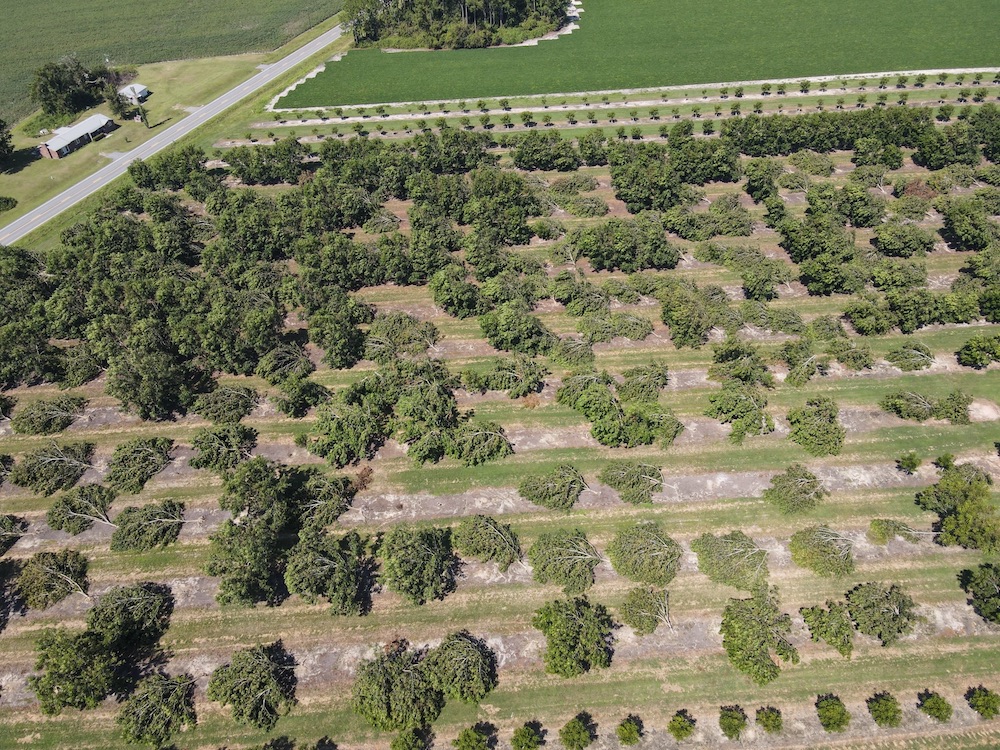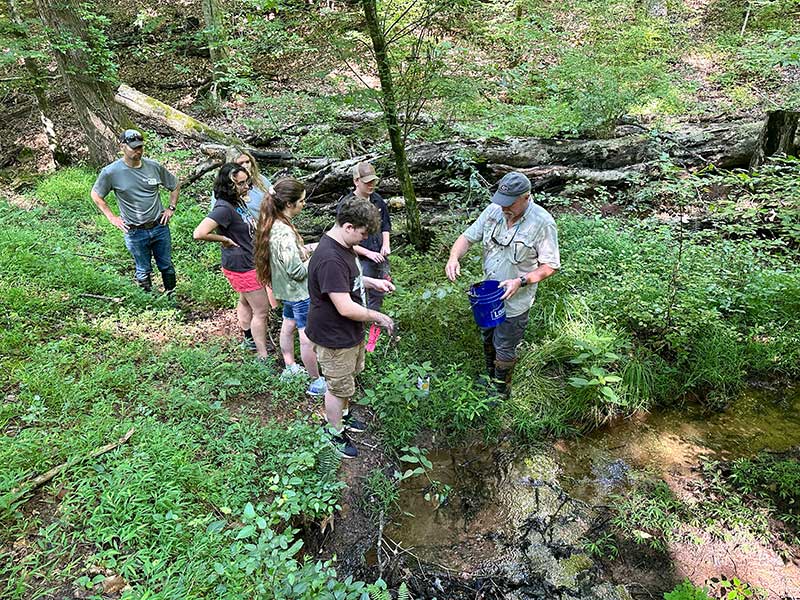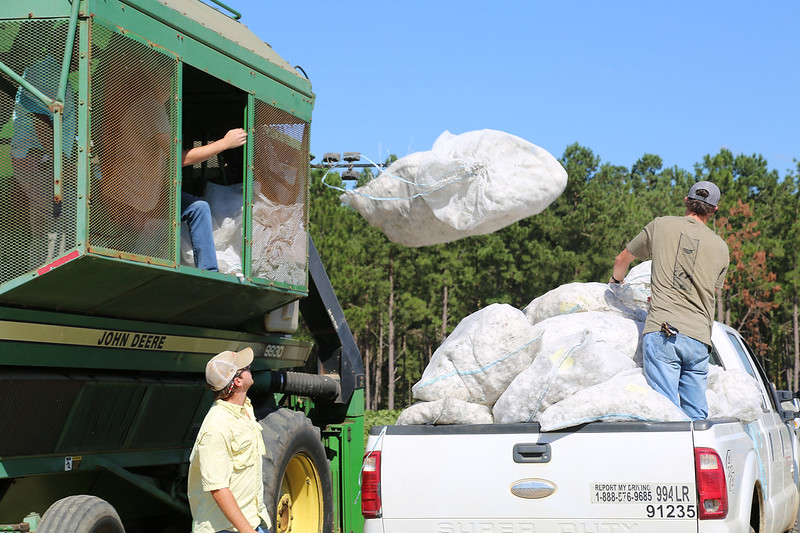Spring weather signals all kinds of changes in nature. Trees sprout leaves. Plants bloom. But weather that brings nature back to life can also kill the fish in ponds.
When water temperatures increase, oxygen supplies decrease in fish ponds – a dangerous combination for small fish. Cold water holds more oxygen than warm water. As water warms in ponds, it starts at the top and continues warming the water deeper in the pond. Warm water holding less oxygen can rise to the surface, a phenomenon called “turnover,” limiting oxygen for some fish.
Hard rain and wind have stirred the water this spring, too, which has decreased oxygen in the water. At the same time, fish, which are cold-blooded, are coming out of winter dormancy. Their metabolisms and immune systems are slowed down. Diseases and parasites are more likely to stress fish now, especially small fish.
Small fish kills are already being reported across the state this spring.
A pond’s carrying capacity is closely tied to its fish population. Crappie are not recommended for small ponds because. They multiply quickly and tend to feed in the middle of the pond where the predator bass can’t limit their population. Bream begin breeding at 3 to 4 months old, when they are only three inches long. They lay five or six clutches of eggs per year. Each clutch has about 10,000 eggs. More often than not, ponds are overcrowded with bream.
If you have large number of catfish or bass weighing more than 5 pounds in a pond, they are taking up capacity. A fertilized pond can support about 400 pounds of fish per surface acre.
All of these factors can lead to fish kills in ponds.
Another factor in fish kills is the lack of food. This year’s harsh winter killed most of the microscopic phytoplankton suspended in the water. Suspended phytoplankton supplies food for fish and gives the pond color. After a winter like we’ve had, the water is clear.
While none of these factors would kill fish outright, all these factors stress the fish. With enough stress, fish can die. Fish don’t like this time of the year, when weather conditions fluctuate. They like nice, even temperatures.
To limit fish loss, regulate a pond’s population. If a bream is not large enough to keep, don't put it back in the pond. Throw it on the bank instead. Also, don’t pull out a lot of bass unless you’re taking a larger number of bream. A pond aerator can provide extra oxygen. It can be as simple as a submersible pump with a long piece of PVC pipe with one-eighth-inch holes randomly drilled in it so water can come out in many fine streams. Aerators should run at night or during cloudy days.
Now is the time to fertilize ponds using 2 to 2.5 gallons of liquid “pop-up” fertilizer per acre. Throw it from a bucket from several upwind shore locations or pour it into the propeller wash behind a small boat. Give it two weeks to work, then heck to see if a shiny object like a tin can lid can be seen at an 18-inch depth. If the object doesn’t disappear at 18 inches, fertilize again.
Properly working fertilizer causes a phytoplankton “bloom,” which is the growth of millions of tiny plants suspended in the water. These microscopic plants provide fish food, metabolize carbon dioxide and emit oxygen into the water. Phytoplankton also colors the water. Dark water color acts as weed control by preventing sunlight from penetrating to the bottom of the pond.
Ponds are dynamic. Things are happening out there. A pond isn’t like a sandbox that you build and then send the kids to play in once in a while. It takes management and time if you want a healthy fish population.
For help creating a healthy pond, contact the UGA Cooperative Extension agent in your county by calling 1-800-ASK-UGA1.






.jpeg)